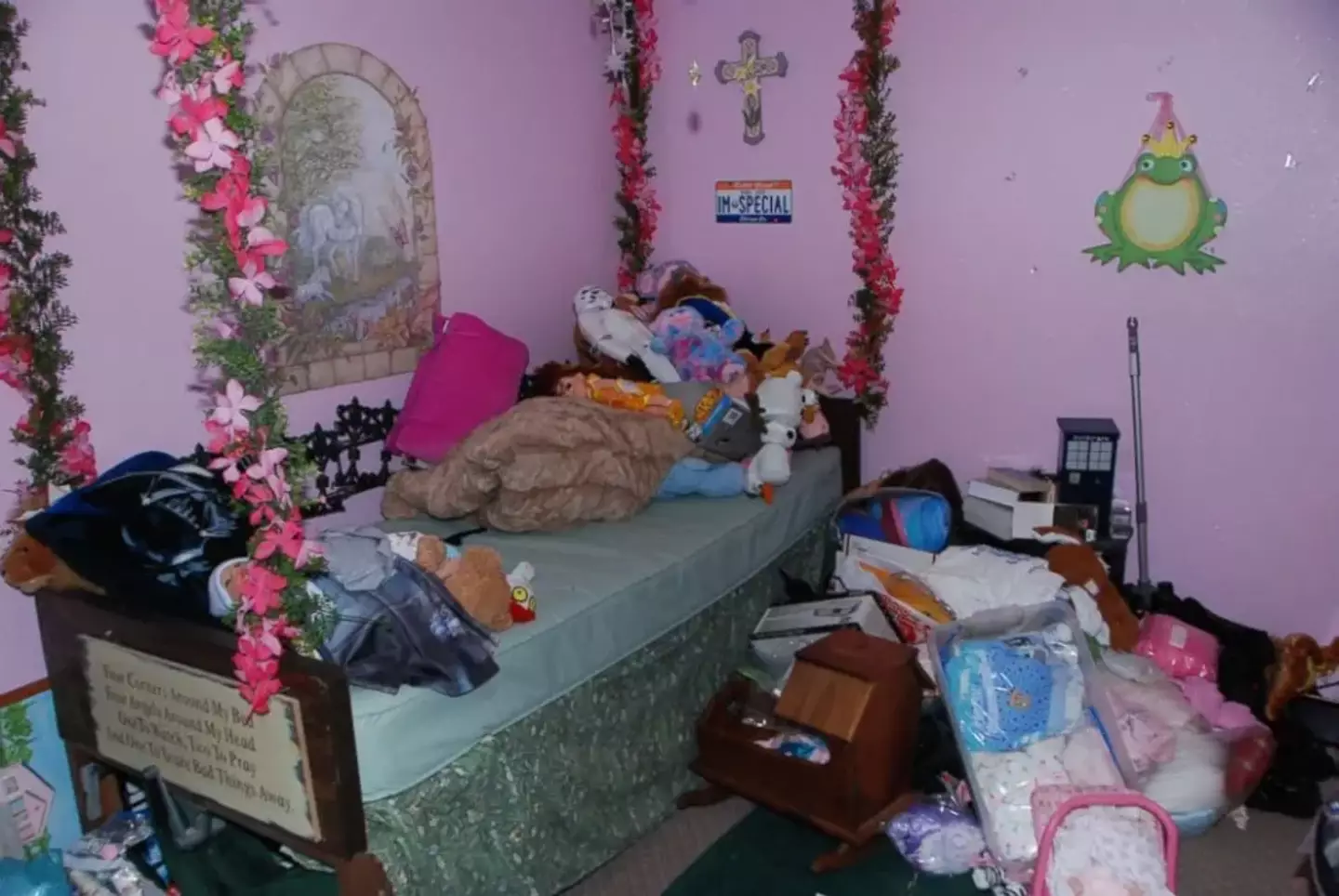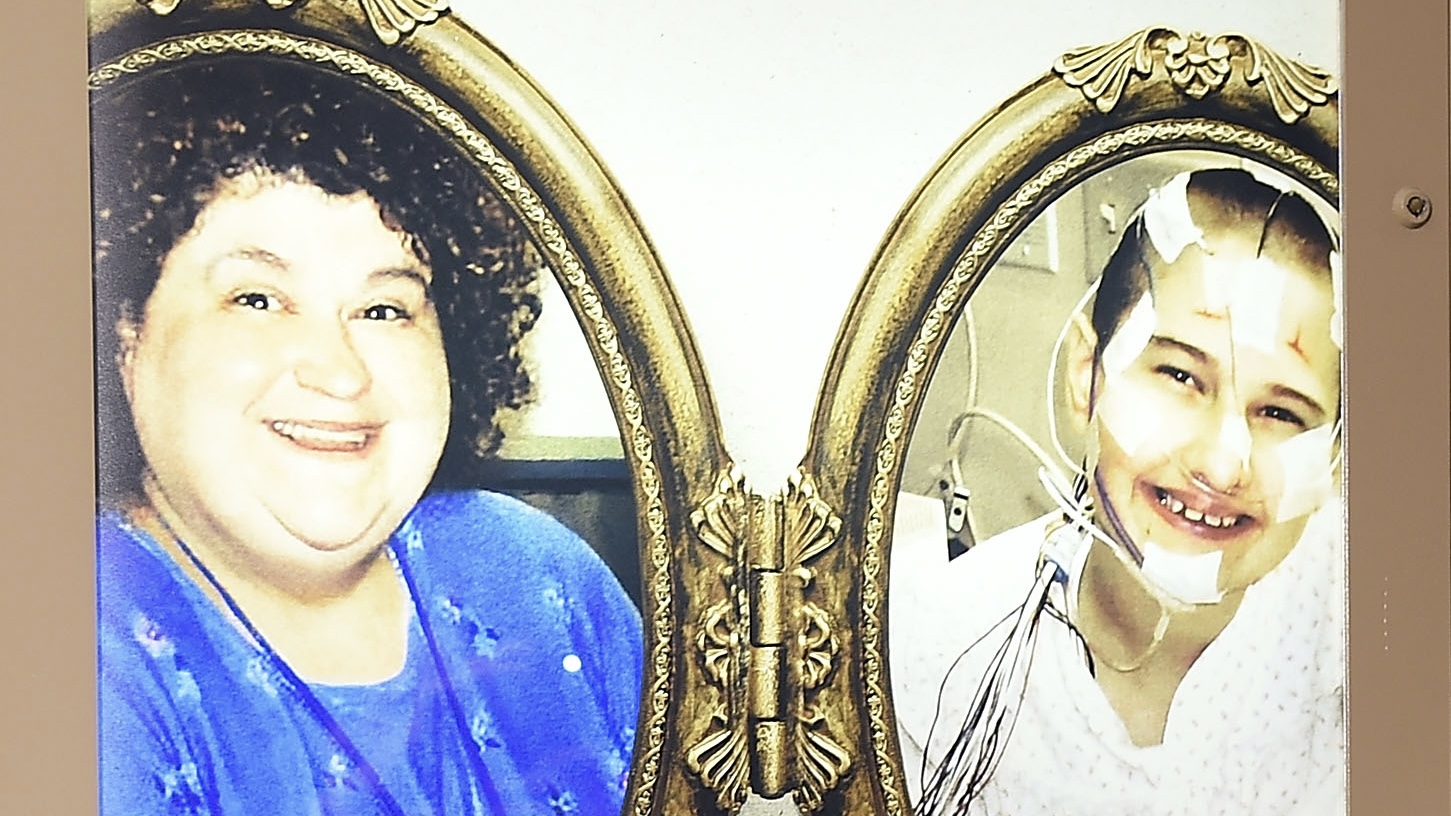When we think about difficult situations, the idea of crime scene pictures often comes to mind. These images, especially when connected to a name like Gypsy Rose, can stir up many feelings. It is a topic that, you know, makes people wonder about the nature of truth and what gets documented when something serious happens.
Visual records from such events hold a particular kind of weight. They serve as a lasting account, helping people who investigate to piece together what took place. The public, too, often has a deep curiosity about these sorts of things, wanting to gain a clearer picture of events that have captured widespread attention. It is a delicate balance, really, between the need for information and the sensitivity of the content.
This discussion will look at the general role of visual evidence in serious events. We will explore why these pictures are made, how they help, and some of the thoughts that come with sharing them. We will also touch on how different bits of information, some seemingly unrelated, can become part of a larger collection of facts, in a way, that surrounds such matters.
Table of Contents
- What are Crime Scene Photos?
- The Purpose of Documenting Gypsy Rose Crime Scenes
- How Do Visual Records Aid Investigations?
- What Challenges Exist with Gypsy Rose Crime Scene Imagery?
- Different Kinds of Evidence in Visual Records
- Public Interest and the Ethics of Sharing Gypsy Rose Crime Scene Visuals
- Where Might Information Like This Be Found?
- A Broader View of Information and Gypsy Rose Crime Scene Details
What are Crime Scene Photos?
Crime scene photos, you know, are pictures taken at the place where a serious event has occurred. Their main job is to capture the scene exactly as it was found, before anything gets moved or changed. This helps create a permanent visual record for people who are trying to understand what happened. They show the overall setting, but also get very close to small things that might be important.
These visual records are a bit like a silent witness, offering a snapshot in time. They help investigators remember details and show others what the place looked like. For instance, a small mark on a surface, or perhaps a pattern on the floor, could tell a story. Even something like a scar on an abdomen, or other marks on a body, might be carefully documented, as these physical details can provide important clues about what took place. It's actually about gathering as much visual information as possible.
The goal is to be very thorough, so that no detail, no matter how small it seems, is missed. This could mean taking pictures from many different angles, showing how objects relate to each other, or capturing the general feel of the area. It's all part of building a complete picture, so to speak, for those who need to review the situation later. They are, in some respects, the eyes of the investigation, preserving moments that might otherwise be forgotten.
The Purpose of Documenting Gypsy Rose Crime Scenes
The main reason for making these detailed visual records, like those connected to the Gypsy Rose topic, is to gather facts. Investigators need to understand every piece of what happened. Pictures help them do this by showing the exact state of things. They can look back at these images many times, which is very helpful when trying to figure out a complex situation.
These photos also help people who work on the case explain what they found to others, like lawyers or jury members. It's much easier to show someone a picture of how something was positioned than to try and describe it with just words. For example, the way a piece of furniture was placed, or the type of plant life nearby, could be important. Even something like the presence of certain insects, like a praying mantis, which is looked upon as a friend since it eats insects that prey on crops, might be noted as part of the wider environment, though not directly related to the main event itself. It's about painting a full picture, you know.
Another important use for these visual records is to keep a permanent history of the event. Over time, memories can fade, but a photograph remains the same. This means that if new questions come up years later, the original visual information is still there to be reviewed. It provides a solid foundation for any further inquiries, allowing for a clearer recall of the original conditions. This kind of careful documentation, is that, truly helps to maintain accuracy over a long period.
How Do Visual Records Aid Investigations?
Visual records, like those you might find related to Gypsy Rose crime scene discussions, are incredibly helpful for people who investigate. They allow them to see the scene again and again, even after it has been cleaned up. This helps them spot things they might have missed the first time. It's like having a constant reference point, which is very useful, as a matter of fact, for solving puzzles.
These pictures also help in putting together a timeline of events. By looking at where things are and how they are positioned, investigators can make educated guesses about what happened in what order. For instance, if a certain item is found in a particular spot, it might suggest a specific action took place there. This kind of visual storytelling is quite powerful in building a case, you know, piece by piece.
Furthermore, visual records are great for sharing information with other experts. A picture can quickly show a specialist, say, a forensic scientist, the exact details they need to see. This means they can offer their thoughts without having to be at the actual scene. For example, if a specific address, like 160 Green Street in Lehighton, Pennsylvania, or Gypsy Hill Road, also in Lehighton, were part of a larger investigation, pictures taken at those places would give experts a clear view of the setting without needing to travel there. This makes the whole process much more efficient, basically.
What Challenges Exist with Gypsy Rose Crime Scene Imagery?
Working with images from serious events, particularly those connected to the Gypsy Rose topic, brings its own set of difficulties. One big challenge is the often upsetting nature of the pictures themselves. They can show very difficult things, which can be hard for anyone to look at, especially for those who are involved in the case. This emotional toll is something that, you know, people have to consider very seriously.
Another challenge is making sure the pictures are used in the right way. There is a need to balance showing enough detail for an investigation with protecting the privacy and dignity of those involved. It's a fine line to walk, as a matter of fact, and mistakes can have big consequences. For example, general public data, such as the fact that there were 4,074 registered sex offenders living in Phoenix as of June 09, 2025, according to some research, exists, but this kind of information is kept separate from sensitive visual records, showing how different types of data are handled with care.
Also, the way pictures are presented can sometimes be misunderstood. What one person sees, another might interpret differently. This means that when these images are shown, they often need clear explanations to go along with them. It is important to ensure that the visual story being told is as accurate and unbiased as possible. This careful approach helps avoid confusion and ensures that the pictures serve their true purpose, which is to provide facts, you know, not to create drama or misinterpretations.
Different Kinds of Evidence in Visual Records
When pictures are taken at a serious event, they capture many different types of information. It is not just about the main thing that happened, but also all the smaller details around it. These details, even seemingly tiny ones, can be very important for piecing together the full story. For instance, a photograph might show the type of flooring, the color of the walls, or even the general state of cleanliness in a room. These are all clues, in a way, that help build a complete picture.
Beyond the obvious, visual records can also include things that might seem unrelated at first glance. Think about the kind of natural surroundings, like the types of fish found in a particular body of water. For example, oysters, clams, and several saltwater fish species are found in Long Island Sound. While this specific fact might not relate directly to a particular event, the general idea is that the environment around a location is often documented. This helps to establish the broader context of the place where things happened, which is pretty important, actually.
Sometimes, information that is not directly visual but is part of a wider dataset can be considered alongside these pictures. For example, economic data, such as the estimated per capita income in 2023 for San Jose City, which was $63,575 compared to $26,697 in 2000, provides a general demographic picture. While this income data isn't something you'd see in a crime scene photo, it represents the kind of background information that might be gathered during a broad investigation to understand the overall circumstances of a location or a person's life. It shows how many different kinds of facts can come together, you know, in a comprehensive look at a situation.
Public Interest and the Ethics of Sharing Gypsy Rose Crime Scene Visuals
There's a lot of public interest in events that involve names like Gypsy Rose, and this often extends to the visual records from those situations. People are curious, and they want to know what happened. However, this curiosity needs to be balanced with doing what is right and respectful. Sharing sensitive pictures is a very big decision, and it has to be handled with a lot of care. It's not just about showing what happened, but also about protecting the feelings of everyone involved, which is pretty significant, really.
The ethical questions around sharing such images are complex. On one hand, there is a belief that the public has a right to know, especially when a case has a big impact. On the other hand, there is the need to protect privacy and prevent further hurt to victims and their families. This means that, you know, decisions about what to release and how to present it are made very thoughtfully. It's about finding that middle ground, basically, where information can be shared responsibly without causing harm.
It is also worth noting that the word "Gypsy" itself has different meanings and uses. For example, the Gypsy Caravan is a well-known event held on Memorial Day for more than 30 years, serving as the Midwest's largest daylong flea market, antiques, and crafts fair on a university campus. This shows how a word can have a completely different, unrelated meaning in another context, reminding us that while the name "Gypsy Rose" is associated with a specific event, the term "Gypsy" itself appears in many other, often much lighter, areas of life. This distinction is important, actually, when we talk about sensitive topics.
Where Might Information Like This Be Found?
When people look for information related to events that involve names like Gypsy Rose, they might come across various kinds of records. These records are kept in different places, depending on what type of information they are. For instance, official documents, like police reports or court papers, would be stored in government offices. These are the formal ways that facts about a situation are kept, you know, for legal purposes.
Other bits of information might be found in public records or even in databases that track various things. For example, addresses like Gypsy Hill Road in Lehighton, Pennsylvania, or 160 Green Street, also in Lehighton, are public locations. Information about these places might exist in property records or maps. Similarly, unique identifiers, such as "Gypsy Lights (A1217729)" or "Affogatos (A247635)" which are connected to a specific address like 1911 U.S. Highway 93 North in Doris, Victor, Montana, could be part of a cataloging system for various items or businesses. This shows how varied the sources of information can be, actually, when you're looking into something complex.
Sometimes, information might be found through research organizations or public data sets. These groups gather and store facts for different purposes, from historical study to social trends. While these sources would not contain specific crime scene photos, they might hold related background details that help paint a broader picture. It's all about how different pieces of information are organized and made available, in a way, for those who need to access them.
A Broader View of Information and Gypsy Rose Crime Scene Details
Thinking about the topic of Gypsy Rose crime scene photos also makes us consider how different kinds of facts exist in the world. Not all information is directly about the main event, but it can still be part of the larger story or the general environment. It's like looking at a big puzzle where some pieces fit together directly, and others are just part of the background, you know, making up the bigger picture.
For example, details about a specific address, like 1911 U.S. Highway 93 North in Doris, Victor, Montana, might just be a location that was once mentioned in a wider report, without being directly related to the main events of a particular case. Or, a note about a "scar on abdomen" or "scars on stomach" might be a general observation in a medical record, rather than a specific piece of evidence from a crime scene. These are just examples of how various facts, you know, exist independently


